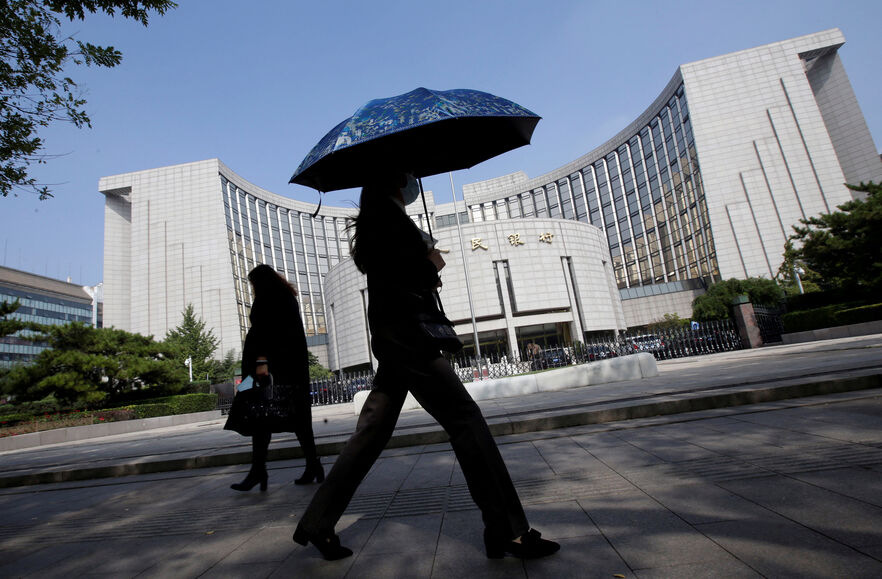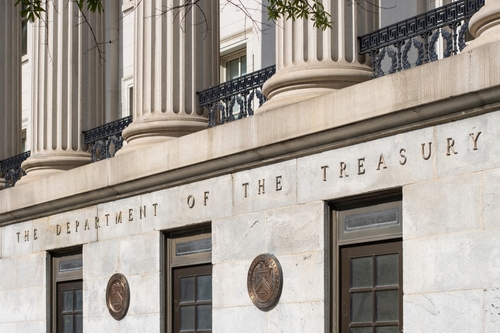Global coal power capacity inches up in 2024, data shows

By David Stanway
SINGAPORE, April 3 (Reuters) - The world's coal-fired power fleet inched up by 18.8 gigawatts in 2024, its lowest rise in two decades, but new additions in China and India continued to offset closures elsewhere, data from U.S. think tank Global Energy Monitor showed on Thursday.
Despite a record surge in renewables, 44 GW of new coal power was commissioned by 12 countries last year, higher than the 25.2 GW of retirements, GEM's annual coal plant tracker report said.
At 2,143 GW, global coal generation capacity is now 13% higher than it was when the Paris climate agreement was signed nearly a decade ago.
Though it has vowed to "strictly control" new coal capacity, China - the world's biggest energy consumer - put an additional 30.5 GW into operation last year, more than 70% of the world's total. But that was less than the 47.4 GW China added in 2023.
China's new builds in 2024 were at the highest in a decade, researchers said earlier this year.
"Arguably what we are primarily seeing are Chinese coal interests continuing to pursue and build new coal plants, enabled by lax government enforcement of its own guidelines and pledges," said Christine Shearer, who runs GEM's Coal Plant Tracker programme.
While China says it is building coal power to back up its wind and solar plants, most of the new projects are in regions that already have more than enough coal-fired capacity, Shearer added.
India saw coal power increase by 5.6 GW in 2024, versus 5.5 GW in 2023, according to data from GEM. Other countries that launched new plants in 2024 included Indonesia, Bangladesh, Pakistan, South Korea and the Philippines.
GEM warned that some countries, including the U.S., were delaying plans to phase out old plants.
"Retirement delays are happening predominantly in countries that are not building sufficient clean energy to cover the retirements," Shearer said.
Renewables grew 585 GW last year, up 15% since 2023 and amounting to 92.5% of all global capacity additions, the International Renewable Energy Agency said last week.
However, it needs to grow 16.6% a year for the rest of the decade in order to meet a 2030 target to triple capacity.
The energy transition is not moving fast enough to cope with rising electricity use, said Rana Adib, executive director of the Paris-based renewable energy policy alliance REN21.
"Renewable energy has not yet been allowed to replace fossil fuels, and is basically meeting the increase in energy demand," she said.




